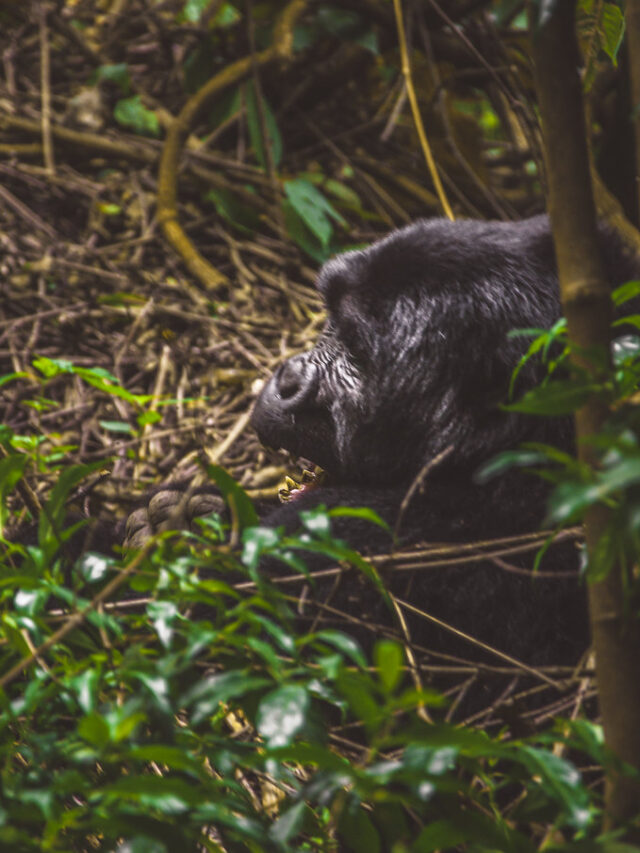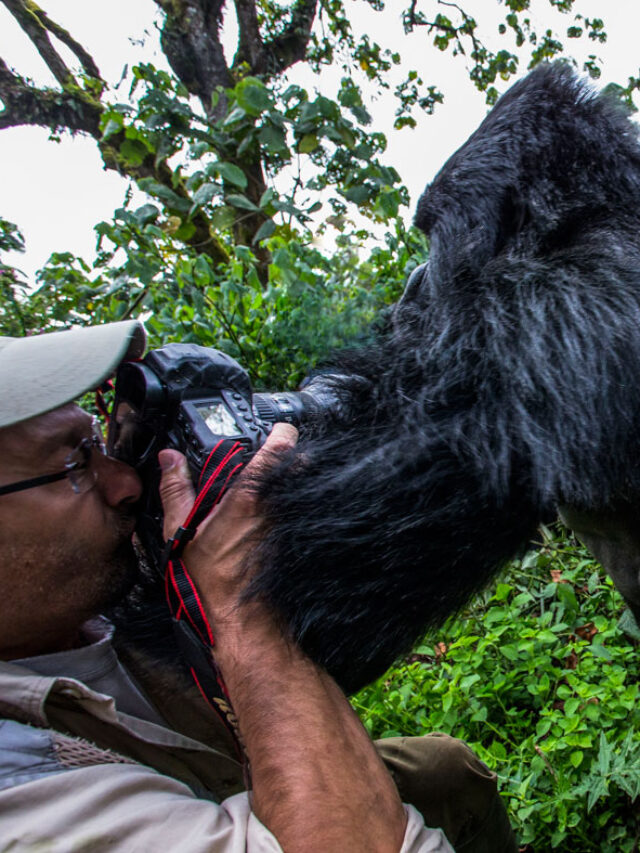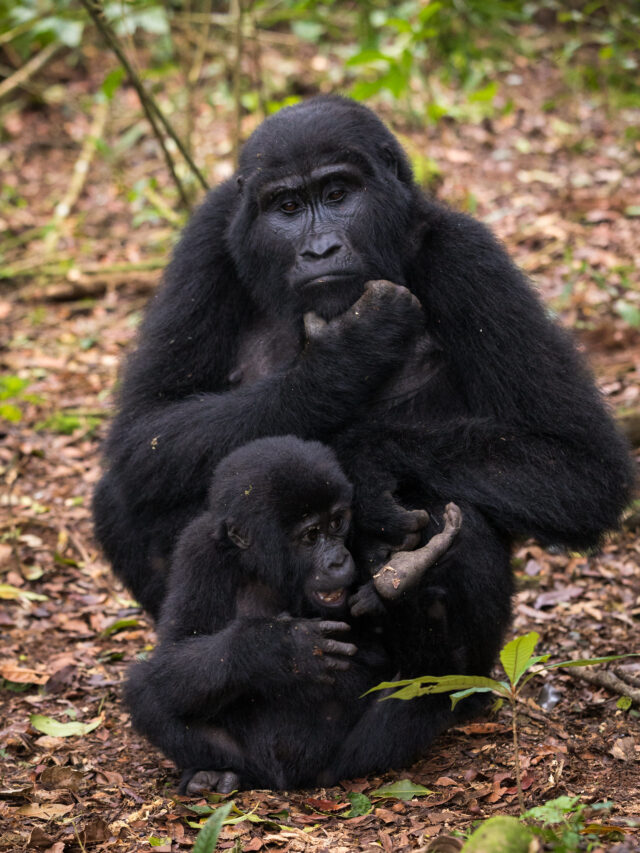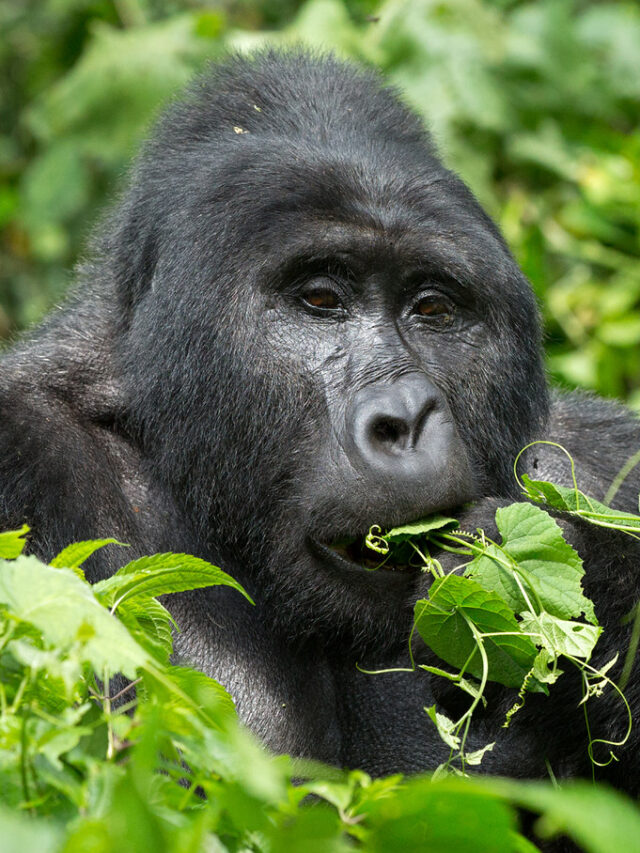East Madi Wildlife Reserve: Uganda’s Untapped Frontier of Biodiversity and Culture
A Hidden Wilderness in the Heart of Northern Uganda
Nestled in the lush landscapes of northern Uganda, the East Madi Wildlife Reserve stands as one of the country’s lesser-known but ecologically important protected areas. Situated in the Moyo and Adjumani districts, this reserve forms a vital part of Uganda’s northern conservation mosaic, bridging the diverse ecosystems of the West Nile region with the expansive savannahs and wetlands beyond. Covering roughly 831 square kilometers, East Madi is a sanctuary of rich biodiversity, cultural heritage, and untapped potential.
While overshadowed by Uganda’s famous parks to the south and west, East Madi offers a raw and authentic encounter with nature. It remains a wild frontier where the rhythms of life pulse in harmony with seasonal rains, ancient forests, and sweeping grasslands. Here, nature and community intertwine in a complex dance shaped by history, tradition, and ecological resilience.
The Landscape: A Mosaic of Forests, Grasslands, and Wetlands
East Madi’s terrain is diverse and dynamic. The reserve’s landscape is an intricate blend of savannah grasslands, wooded thickets, riverine forests, and wetlands fed by tributaries of the Nile. This mosaic supports a wide array of flora and fauna, with habitats that vary seasonally, reflecting the delicate balance between water and earth in this part of Uganda.
The reserve’s wetlands and rivers serve as lifelines during the dry season, attracting animals from far and wide. This diversity of habitats creates corridors for migratory species, enabling them to move between breeding, feeding, and resting grounds. The surrounding communities, many of whom rely on traditional farming, fishing, and pastoralism, have developed a deep connection to the land that reflects centuries of coexistence with wildlife.
Wildlife Richness Beyond the Spotlight
East Madi Wildlife Reserve supports a variety of wildlife species, many of which thrive away from the pressures of heavy tourism. Antelopes such as Uganda kob, oribi, reedbuck, and bushbuck roam the grasslands and woodlands. Larger mammals like elephants and buffalo are occasionally spotted, while predators such as lions, leopards, and hyenas are part of the ecological tapestry, though sightings are rare and often fleeting.
Birdlife is abundant and diverse. The wetlands are a haven for water birds like herons, ibises, and jacanas, while the forested areas echo with the calls of hornbills, weavers, and sunbirds. This variety makes East Madi a prime location for birdwatchers who prefer solitude and discovery over crowded reserves.
The reserve is also home to smaller mammals and reptiles, including various species of monkeys, civets, and snakes, each contributing to the intricate web of life that defines East Madi.
Conservation Challenges and Community Engagement
Despite its ecological importance, East Madi faces considerable conservation challenges. The area has experienced pressures from human encroachment, including illegal logging, poaching, and land conversion for agriculture. These activities threaten the reserve’s habitats and the species that depend on them.
However, East Madi also exemplifies a hopeful narrative of community involvement in conservation. Local populations have become active participants in protecting their natural heritage through initiatives that promote sustainable resource use, environmental education, and eco-tourism development. These programs aim to balance human needs with ecological preservation, fostering a spirit of stewardship that is critical for the reserve’s future.
Efforts to strengthen the reserve’s management include increased patrols by Uganda Wildlife Authority rangers, collaborations with NGOs, and programs that encourage alternative livelihoods to reduce reliance on natural resources.
A Destination for the Adventurous and Curious
East Madi Wildlife Reserve is not yet a mainstream tourist destination, which makes it ideal for travelers seeking authentic, off-the-beaten-path experiences. The lack of established lodges and commercial safaris means visitors can expect rugged conditions and intimate encounters with nature.
Safari activities include guided game drives, birdwatching expeditions, and cultural visits to nearby communities, offering insights into the relationship between people and wildlife in this region. The reserve’s accessibility from towns like Moyo means that adventurous visitors can combine conservation experiences with cultural exploration.
The best time to visit East Madi is during the dry seasons—from December to February and June to August—when wildlife congregate near water sources and roads are more navigable. The rainy seasons, while presenting challenges for travel, transform the landscape into a vibrant, lush paradise teeming with life.
The Promise of East Madi’s Future
East Madi Wildlife Reserve stands at a crossroads. Its rich natural heritage and cultural significance position it as a vital conservation area in northern Uganda, yet it remains vulnerable to the growing pressures of development and human activity. Success will depend on sustained efforts to strengthen protection, empower local communities, and promote responsible tourism.
For those willing to venture beyond Uganda’s well-trodden paths, East Madi offers a glimpse into a wild, resilient, and deeply intertwined ecosystem—a place where the pulse of the land beats quietly but persistently.
Visiting East Madi is an invitation to witness Uganda’s untapped wilderness and to become part of a conservation story still being written—a story where every step counts, every voice matters, and the wild endures.











